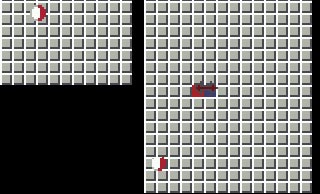

This paraglacial process supplied debris to a small glacier within Muxivén Cirque, which transformed in two rock glaciers. Results reveal that after ~16 ka, glaciers retreated to the bottom of the cirques at the headwaters of the valley, leaving the walls free of ice and triggering rock avalanches onto the remnants of these glaciers. We addressed this objective by means of accurate geomorphological reconstructions, sedimentological analysis, Schmidt-hammer surface weathering measurements and a dataset of 10 10Be Cosmic-Ray Exposure ages. In this research we analyse the deglaciation process in the Muxivén Cirque (42☁5′N – 6☁6′W), in the upper Sil River Basin, which includes some of the largest relict rock glaciers of the Cantabrian Mountains. The deglaciation triggered paraglacial processes that generated landforms, mostly within the ice-free glacial cirques. During the Late Pleistocene, the main mountain ranges of the Iberian Peninsula were covered by small icefields and cirque and alpine glaciers.


 0 kommentar(er)
0 kommentar(er)
